Why Grand Lisboa Palace Resort is the Perfect Base for Your Next Macau Adventure
Luxury finds deeper meaning at Grand Lisboa Palace Resort Macau, a sanctuary ...
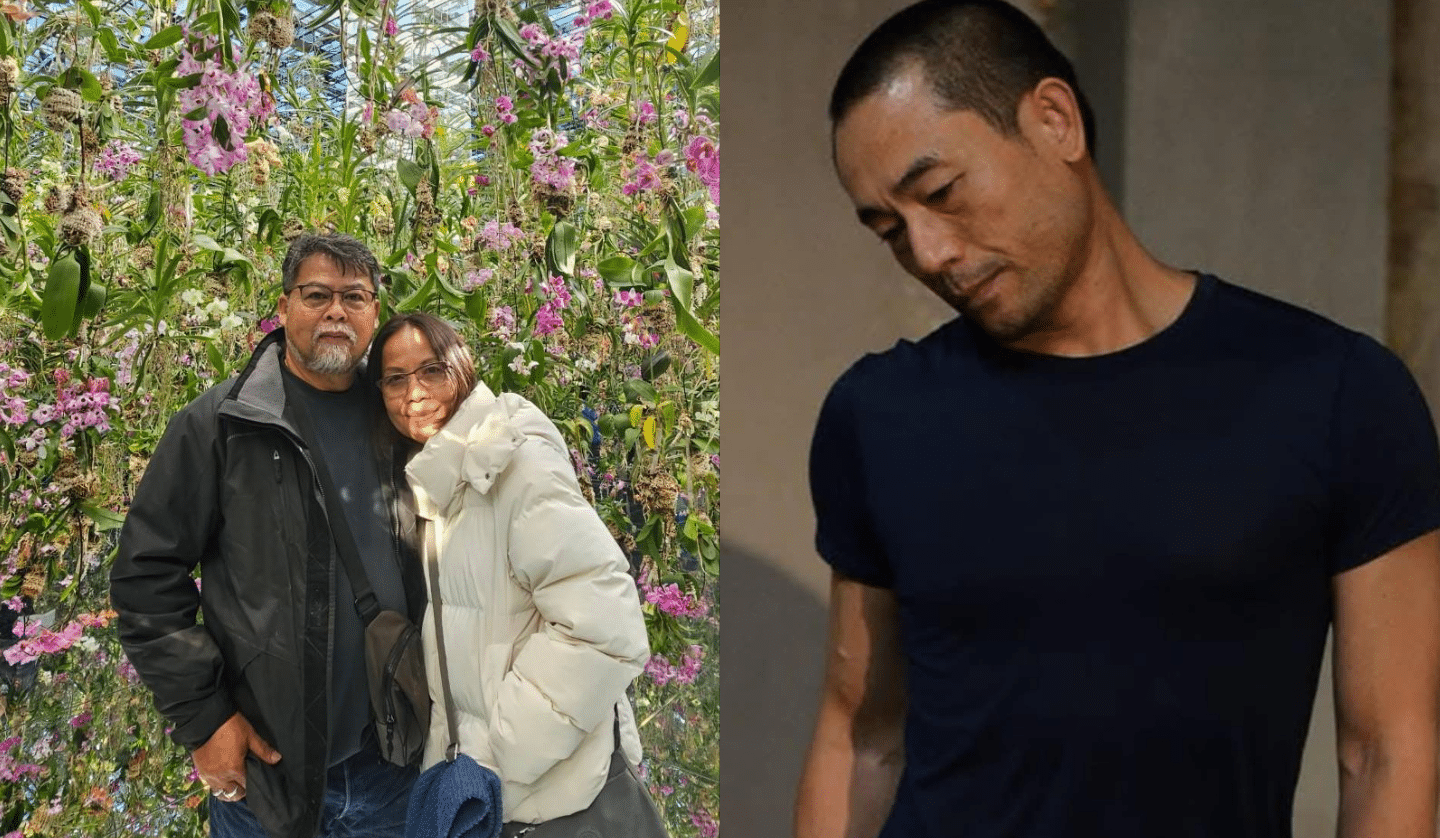
The past isn’t behind us – it’s where the future begins. Preserving traditional arts isn’t simply about holding onto history; it’s an act of cultural resilience. Across disciplines, a new generation of artists and visionaries is ensuring that heritage isn’t drowned out by the noise of modernity. For these three cultural trailblazers, tradition isn’t a museum piece – it’s living, breathing and constantly evolving. They don’t turn to heritage for nostalgia, but for strength, pushing ancient practices in bold, unexpected directions and proving that old doesn’t mean obsolete.
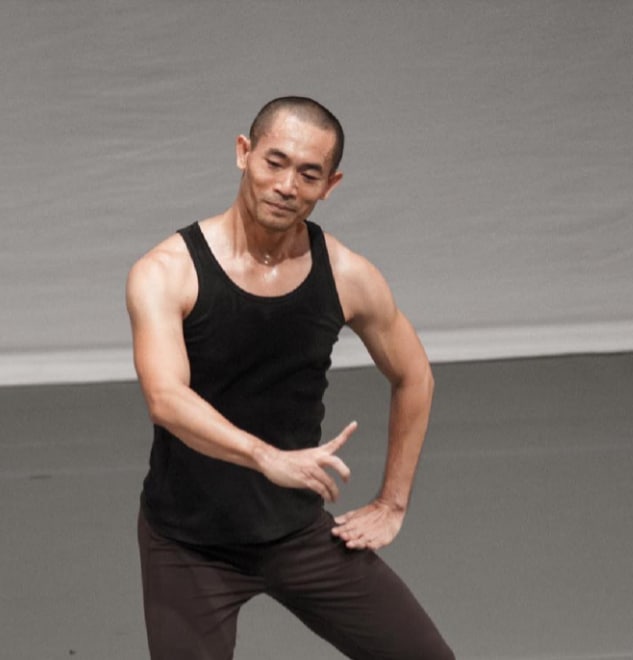
Pichet Klunchun is a rare kind of artist – one who honours tradition while daring to disrupt it. Trained in Khon, the intricate Thai classical mask dance, Pichet began his journey at age 16 under Khon master Chaiyot Khummanee. He later earned a degree in Thai Classical Dance from Chulalongkorn University, building a strong foundation in form, symbolism and ritual.
Rather than keeping the tradition frozen in time, he chose to engage with it. In 2004, Pichet founded the Pichet Klunchun Dance Company (PKDC) – a space where classical Thai technique meets critical thinking and contemporary expression. The company made up of independent dancers rejects rigid structure in favour of creative freedom. It’s here that Pichet mentors new-generation artists, helping them carry Thai dance into the future without letting go of its roots.
His most renowned work, No.60, is the result of a 16-year process of deconstructing the 59 master poses of traditional Thai dance. Instead of mimicking what came before, he examined each gesture, its meaning and its mechanics – then reassembled them into a single new movement language. The result is a performance that feels both ancient and new. No.60 has toured internationally to Berlin, Taipei and Oslo, opening up Thai classical dance to global conversations around identity, authorship and the body in motion.
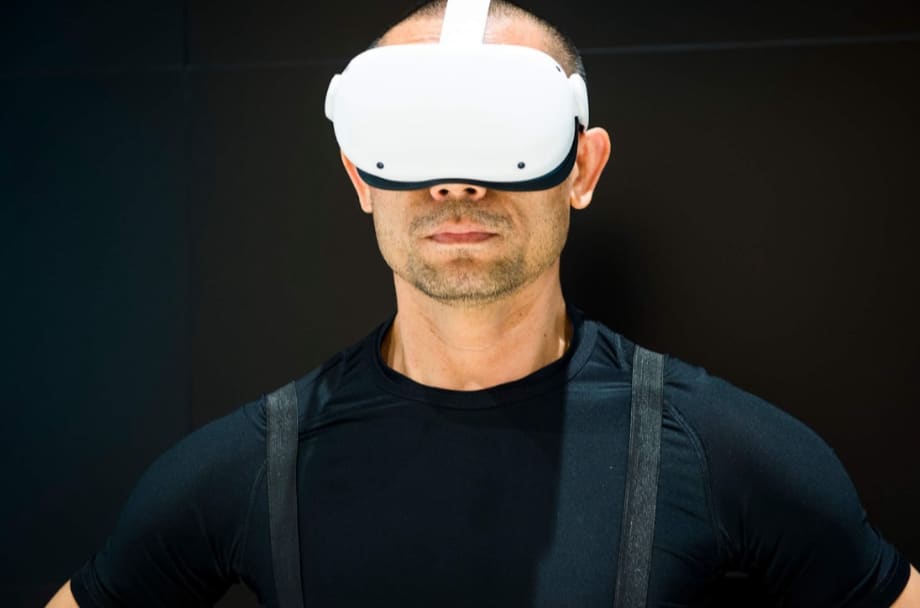
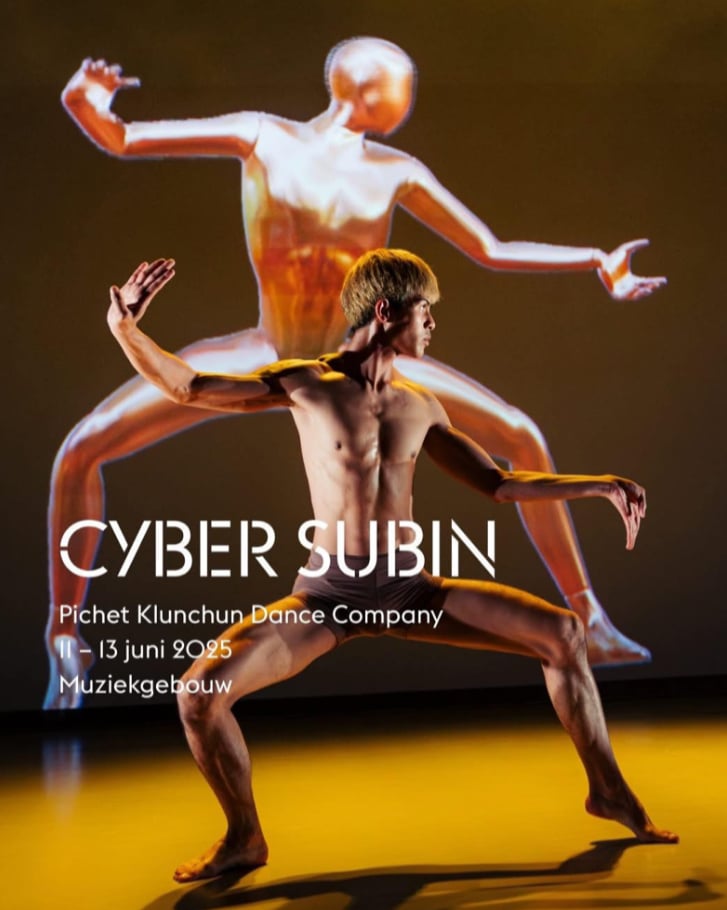
His recent performance, Cyber Subin, is a collaboration between human dancers and an AI performer projected in real-time alongside the live cast. The work challenges the limits of traditional performance, showing that contemporary dance is no longer confined by old frameworks. Cyber Subin is a step into the future, blending classical roots with emerging technology to reimagine what Thai dance can be. Pichet stays rooted in the soul of Thai dance, while allowing its form to shift, stretch and evolve. He preserves its spirit by letting it speak in new ways.
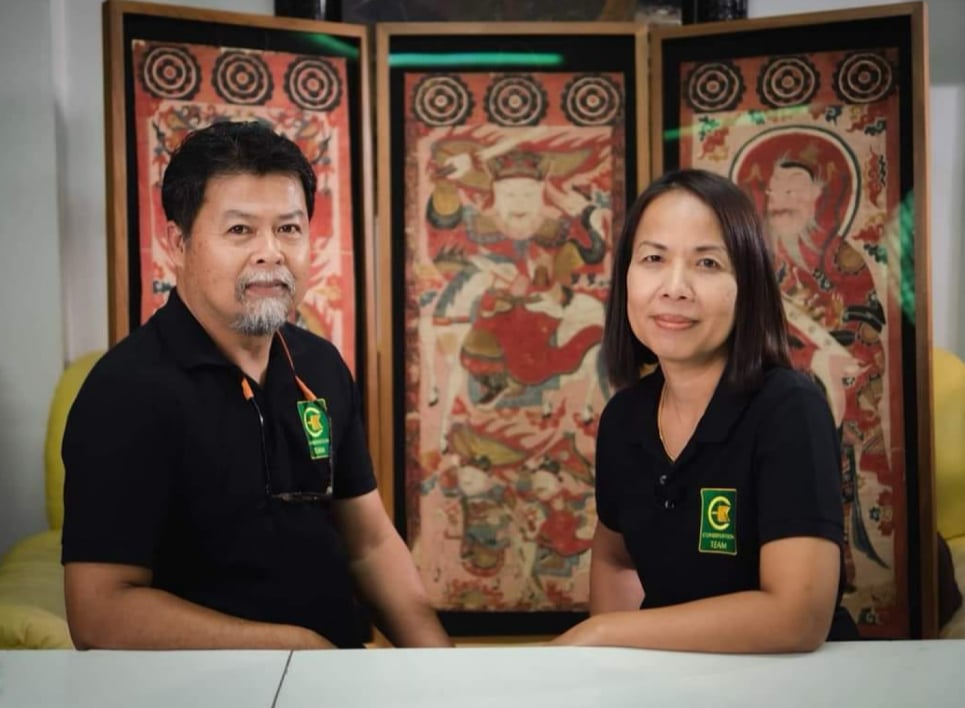
In a country with countless masterpieces in need of preservation, there are only a few trusted hands qualified to restore them – and among those are Kwanjit and Suriya Lertsiri. This husband-and-wife duo has spent nearly three decades preserving the soul of Thai visual heritage, earning a reputation as the nation’s most respected art restorers.
Kwanjit’s story began in art school, where she studied traditional Thai painting. It was during a visit to Wat Suthat that she fell in love with the beauty of classical murals, yet was disturbed by their decaying condition. She realised that these artworks needed a restorer. That moment shaped her path. After passing a competitive civil service examination, she joined the Conservation Science Division at Thailand’s Department of Fine Arts, dedicating almost 30 years to the field. She learnt that conserving art required more scientific knowledge. Each piece was a puzzle of pigments, materials and time. Restoration, she discovered, was more like diagnosis and treatment – akin to medicine, and she finds beauty and passion in the art of restoration. She worked on countless masterpieces held in museums and galleries across the country, preserving the legacy of Thai masters for future generations.
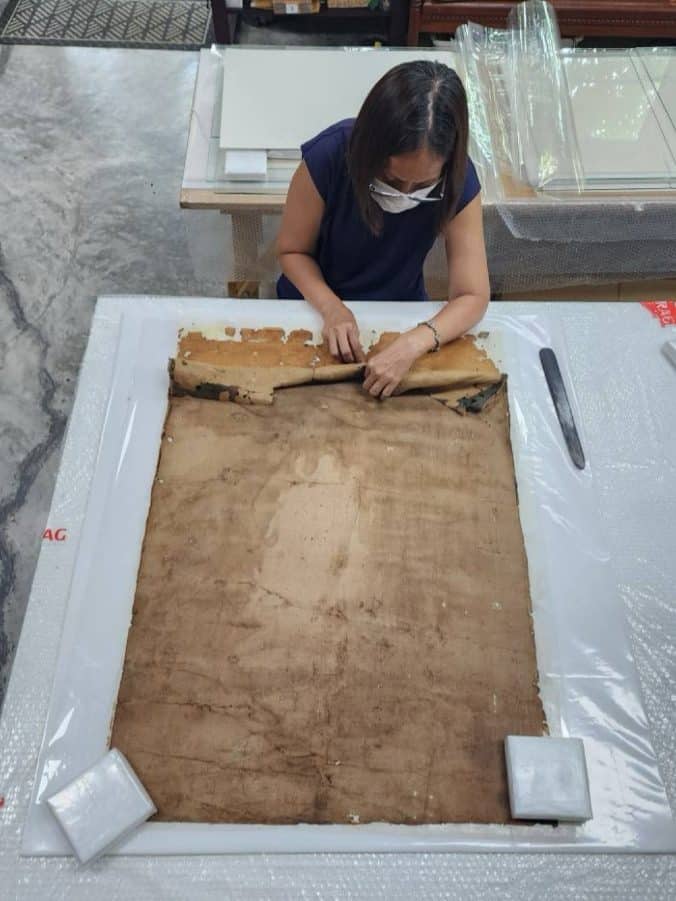
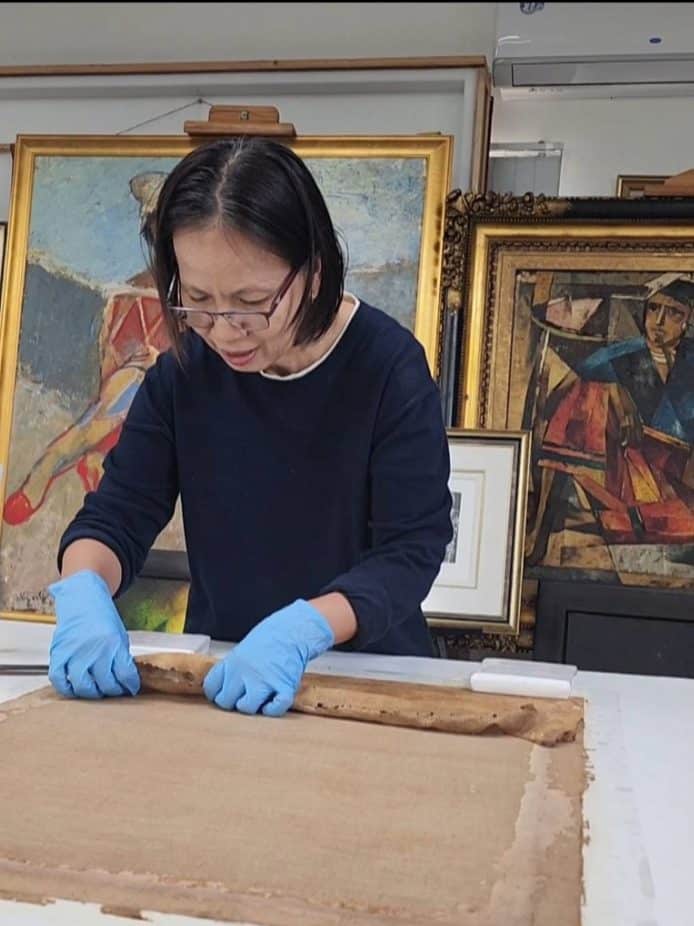
Courtesy of Kwanjit Lertsiri
Suriya, her husband, brings a technical ingenuity that completes the duo. With a natural flair for invention, he designs bespoke tools specific to each restoration challenge from fine brushes and scalpels to custom-made implements for lifting stains or reinforcing torn paper.
Their work relies on a selection of delicate materials: powdered erasers that remove marks without harming the surface, specialist Japanese paper to support weakened areas, and gentle cleaning solutions that help maintain original colours. Every step is taken with precision.
Thanks to the dedication of Kwanjit and Suriya Lertsiri, many valuable artworks have been preserved, maintaining their historical and cultural integrity for future generations to experience and study.
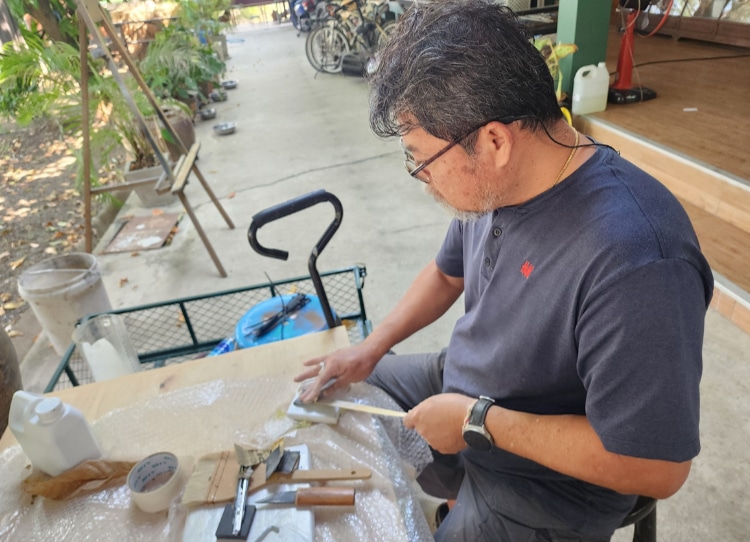
Luxury finds deeper meaning at Grand Lisboa Palace Resort Macau, a sanctuary ...
In this month’s feature, artists and performers share how art quietly inspires ...
These top 5 barber shops in Bangkok are where gentlemen can elevate ...
Courtesy of @sailorr Sailorr and Molly Santana’s black grills fuse hip-hop swagger ...
Wandering around the globe, try out the signature tastes of cultures across ...
Must-have gadgets for kids in the Y2K are, predictably, making a comeback ...
Wee use cookies to deliver your best experience on our website. By using our website, you consent to our cookies in accordance with our cookies policy and privacy policy